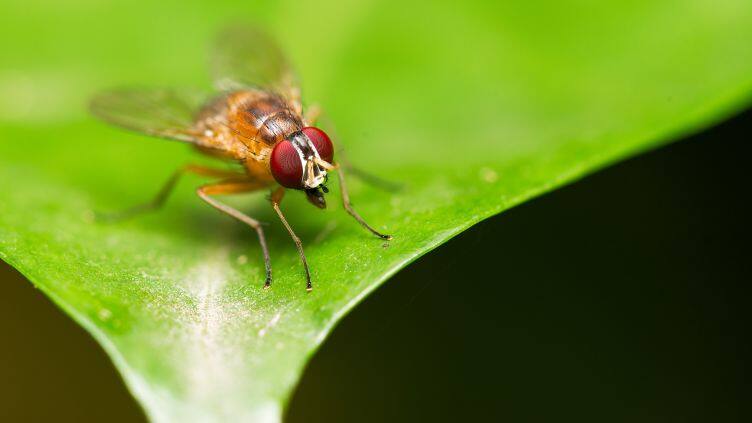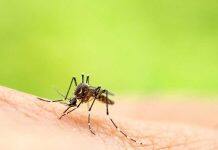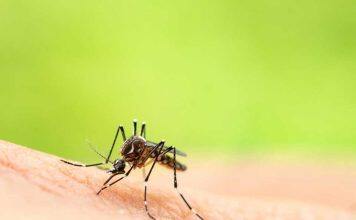Fruit flies are able to see the world more clearly and accurately than first thought, according to a breakthrough into understanding depth perception.


It had been previously thought that the inner workings of fruit flies’ eyes were immobile, since the insect’s compound eyes appear stationary from the outside. Therefore it has been long thought that they could only see a low-resolution, “pixelated” image of the world with little or no depth perception.
Scientists at the University of Sheffield have now discovered that photoreceptors, cells in the eye which react to changes in light, twitch in an organised way, which create a fine detailed image.
The team discovered that flies are able to see in high-resolution stereo vision because their photoreceptors gather more information about the surroundings than previously thought possible. The photoreceptors do this by responding to light changes with ultrafast mirror symmetrical movements, called photoreceptor microsaccades, so when the fly moves forward they are gathering images that both move with the world and against it simultaneously.
The image information the photoreceptors gather is therefore not coarsely “pixelated” but continuous and much more detailed, which is then sent to the brain and processed into what the flies see.
Professor Mikko Juusola, from the University of Sheffield’s School of Biosciences, said: “Many animals have two eyes to see the world in depth and because the eyes are apart, they capture two separate images of the same scene. It is well-known that vision must use the slight positional differences between these images, called the disparity, to determine where and how far visual objects are from us and their 3D structure. However, it is not well understood how the eyes and brain take this 2D information and turn it into a 3D understanding of the surroundings.
“Our findings have explained how the inner workings of fruit flies’ eyes are able to move and work mirror symmetrically to create a high-resolution image for the flies and create depth perception.
“This could have implications for human eyesight, as the nervous system of a fruit fly has evolved to perceive the three dimensional world efficiently and it’s very likely that us and fruit flies use similar principles in order to see in stereo. Furthermore, the mathematical theory about mirror-symmetric visual information sampling that we present with these results can be used to improve man-made sensors, and is directly applicable for machine vision and robotics.”
You can view the paper in full here.








































